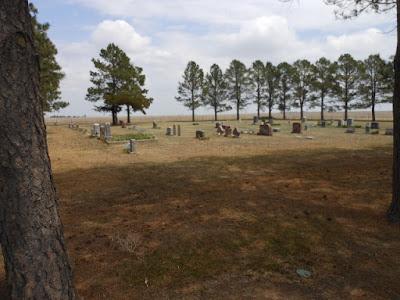Leader
Colorado
Adams
County is the community of Leader. Being
miles from any railroad, the store at Leader provided most everything for the
settler. The general store building
still stands at the intersection of country roads. It is a mixture of farmlands and
pastures.
Today
there are maybe a half dozen homes in the area and the Leader Volunteer fire department,
firehouse is next door.
Yet
this little corner store holds a hundred and one stories plus. Early 1900’s, travel was by wagon and
mule. Average speed was about 4 miles
per hour. The limits of the settler to
travel to the store on average, less than 12 miles. For most it was 3-6miles. That means a trip
to the store was around 3-6 hour journey.
Further then that would be an all day trip.
Here
at the store, the settler would get his mail and or mail letters. There
would also, usually, be a blacksmith.
All the necessary stuff one could need was found at this little general
store.
In
the store there would be a clothing section, there would be boots and
shoes. There also would be the sewing
section, so many wore homemade clothes. There
would be bolts of cloth, buttons, and patterns for shirts. Blouses, dresses,
pants, thread, needles… etc. In another
corner would be a hardware section, nails, bolts, screws and other items, hinges,
hasps and various tools. At another
counter, would be ammunition and guns.
It was for varmints, not many folks liked to have skunks or coyotes pay
them a visit.
Then
there were the groceries, not like we see today. It would be bags of staples, flour, sugar, coffee
and supplies for canning or processing meat.
Most had a garden and canned their veggies. Some would can their meat so canning jars and
accessories were important.
Flour
sacks would be eyed for their pattern.
Would that color and pattern make a nice dress or blouse. Selecting the flour bag was as important as
the flour. Home baked bread, rolls, or
biscuits with a gravy was a staple. Bags
of beans would be purchased. Various
seasonings, salt was in a bag, pepper in a tin.
The
trip to the store was usually a monthly adventure and supplies would have to be
bought to last for the month. Many of
the people in the area would have an account with the store and when their
checks for their crops or livestock came in, bills were paid off.
The
general store was also news central. The
gossip would be plentiful when going into town.
They could also find out when the barn dances were, the funerals, the
weddings and births.
Way
back then, it was a different way of life.
Many say it was hard, for them it was another day of life. Here the folks from Europe had freedom from
the tyranny of the royals. They also had
their own land, not the land of the kingdom.
The
little store building that still stands on the corner is a style I have seen
for other stores out on the prairie. It
would be nice if some of these little store fronts would be saved. One of the biggest things is to get them off
the tax rolls. That is the biggest reason
so many of them are torn down, get out from under taxes. There are special state funds for
preservation of historic property.
People just have to be willing to jump through the hoops of the
bureaucrats.









































